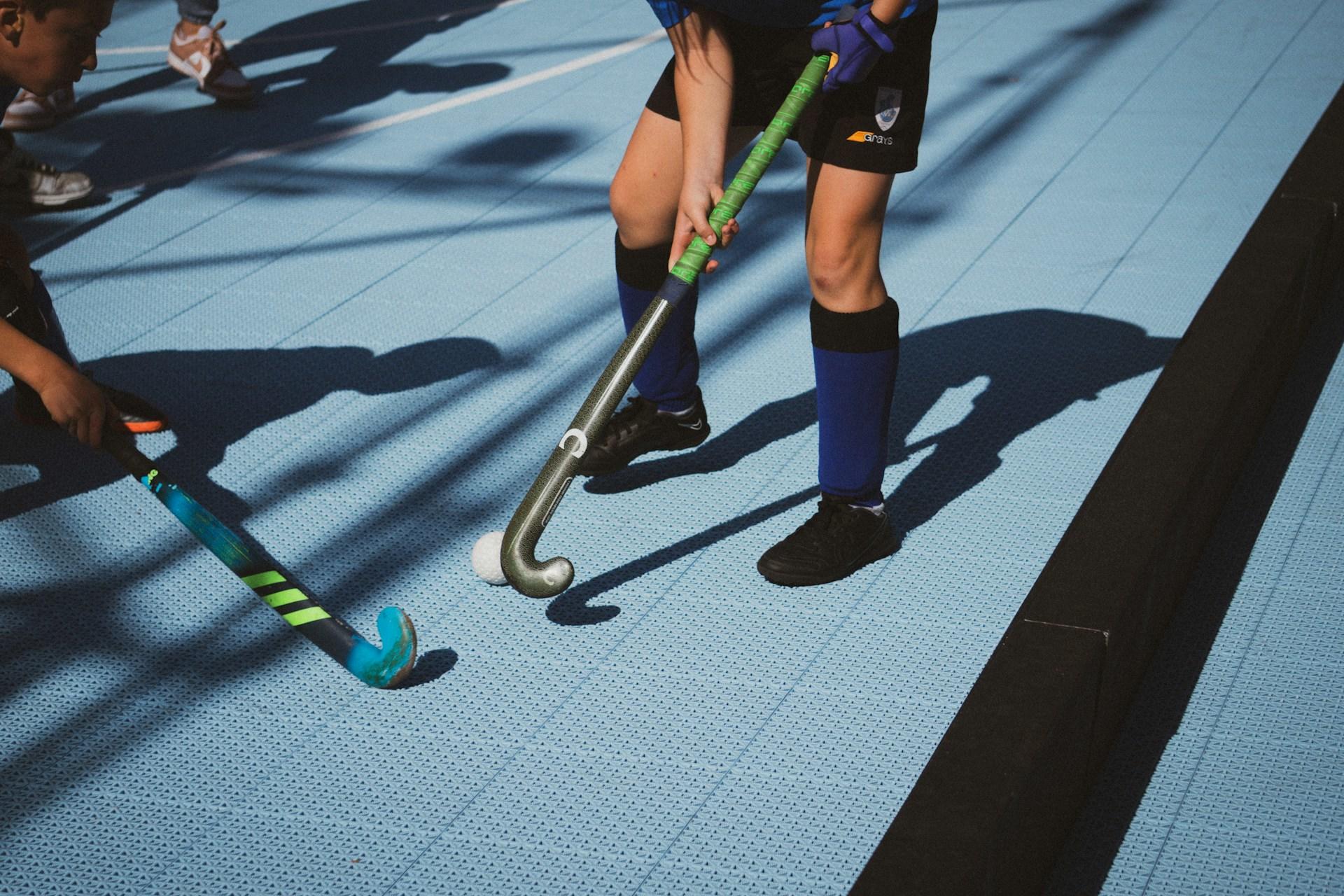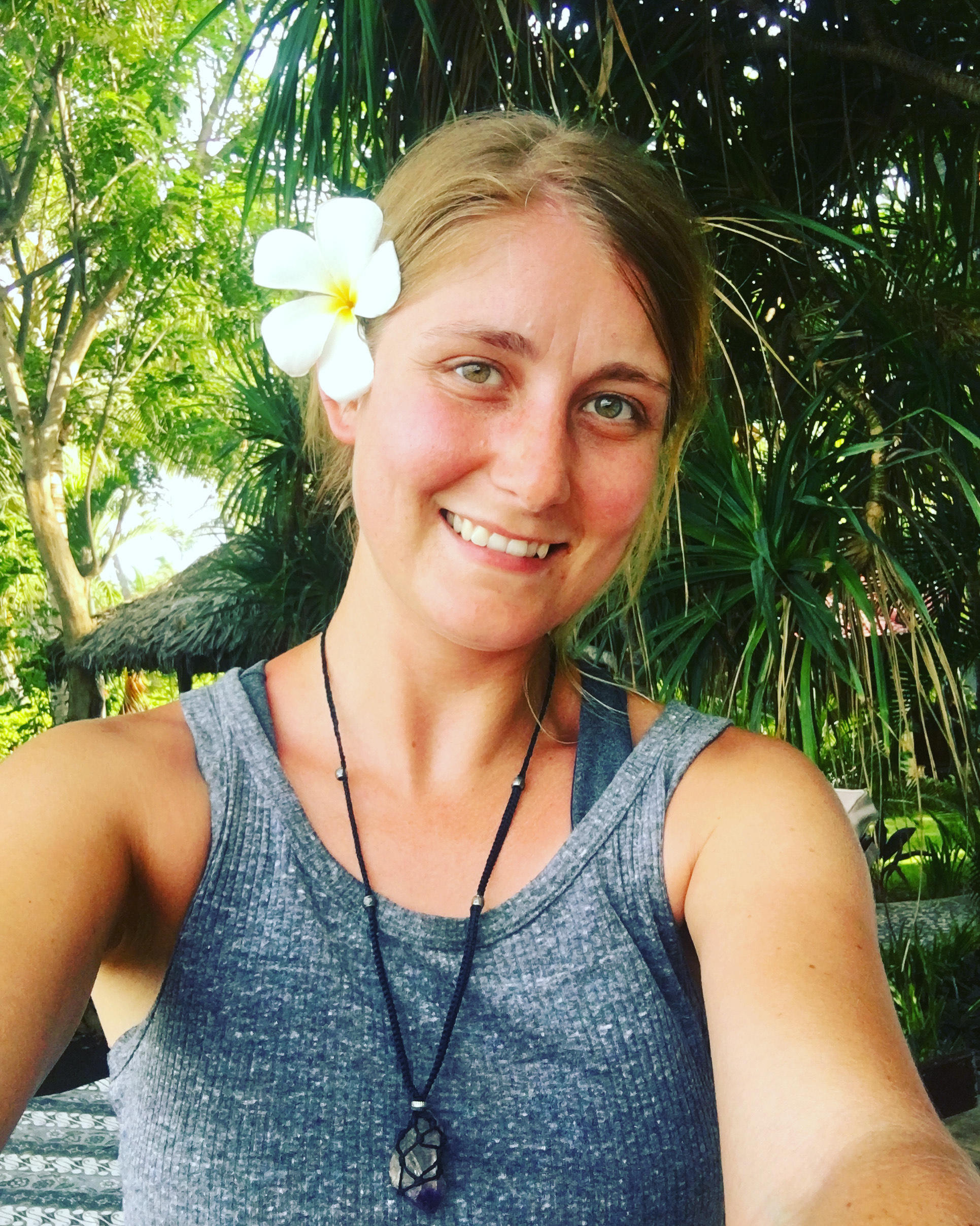Hockey is an exhilarating sport that captures the hearts of players and fans alike. As a beginner, you might feel overwhelmed by the array of skills to learn, but with the right guidance, you can master hockey skills for beginners and embark on an exciting journey.
From stick handling to fundamental movements, each aspect of the game offers a chance to grow and improve.
In this step-by-step guide, you'll discover the essential equipment you need to get started, learn basic stick handling techniques, and develop key hockey movements. We'll also explore hockey exercises for beginners to build strength and endurance, crucial for performance. Whether you're interested in field hockey skills drills or looking to expand your repertoire of hockey skills to learn, this guide will set you on the path to becoming a skilled player.

Essential Hockey Equipment
Before you hit the field, having the right gear is crucial. Let's explore the essential equipment you'll require to get started.
Choosing the Right Hockey Stick
Your hockey stick is your most important tool, so it's crucial to select one that suits your height and the playing surface. As a beginner, a wooden stick is a great starting point, because it's affordable and offers better control for learning.
The following guide will help you find the right stick length for your height:
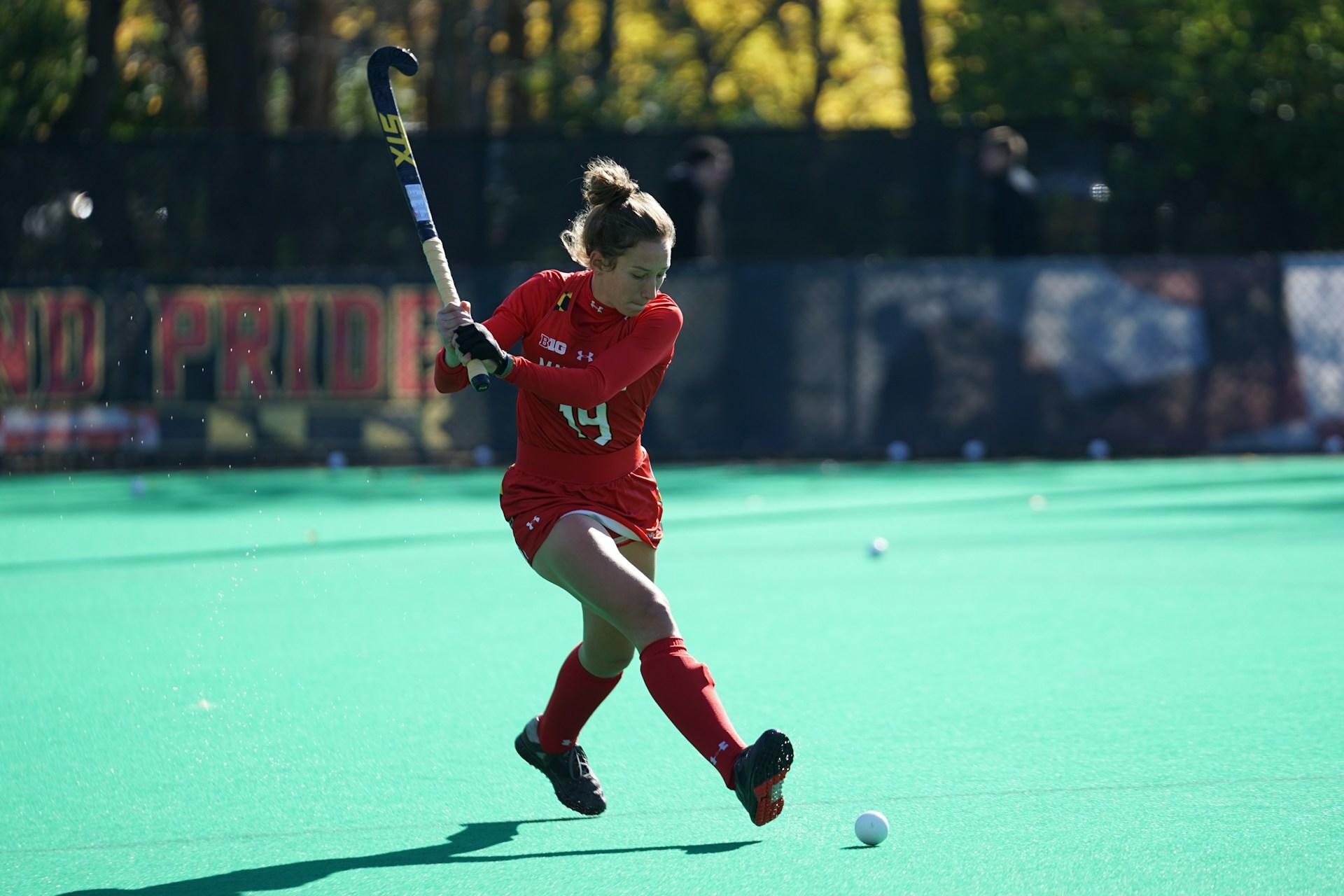
Protective Equipment: The Essentials
With hockey sticks being swung and balls flying across the field, safety is key in hockey. Here are some must-have protective items:
Proper Footwear for Hockey
The right shoes can significantly impact your performance and comfort on the field. The type of footwear you need depends on the playing surface:
- For grass fields: Cleats with large studs for better grip
- For artificial turf: Turf shoes with smaller studs
- For indoor courts: Court shoes with maximum grip for smooth surfaces
Remember, as you progress in your hockey journey, you may want to invest in more specialised equipment. But for beginners, these essentials will get you started on mastering hockey skills and enjoying the game safely.
Mastering Fundamental Techniques
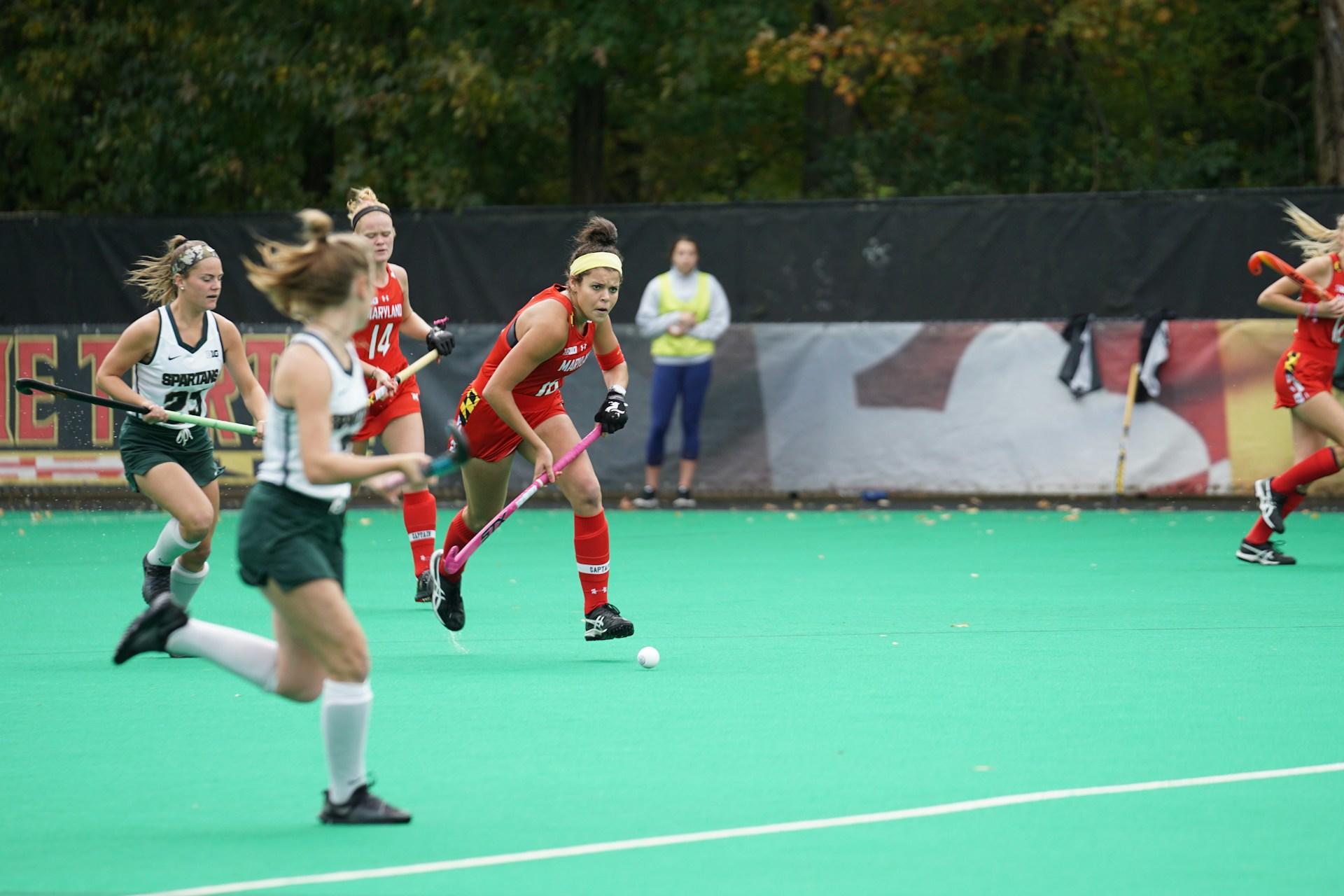
Once you've got all the essential equipment, you can start learning the basics of the game.
To start, focus on how to hold and use your hockey stick, i.e. the correct grip and stance.
Correct Grip and Stance
- Your feet should be shoulder-width apart, with your back straight and knees bent.
- Hold the top of the stick with your left hand and your right hand halfway down.
- Keep your head up and your back straight, because this will give you balance, control, and enhanced field awareness.
Dribbling and Ball Control
- Start with simple side-to-side dribbling to develop your control.
- Use both the flat and rounded sides of the stick to manipulate the ball.
- Practise front dribbles (moving the ball forward) and backhand dribbles to get comfortable using both sides of the stick.
Push Passing and Receiving
- Push passes are ideal for controlled, accurate play.
- Drop your right hand slightly lower on the stick for better leverage, and shift your weight from your back foot to your front as you pass.
- Receiving is just as important.
- Practise stopping the ball gently with your stick, cushioning it into space. A wide stance and extended right arm help keep the ball away from defenders.
By focusing on these basic hockey skills, you'll build a solid foundation for your game.

Developing Fundamental Hockey Movements
Mastering fundamental hockey movements is crucial and can help set you apart from other players.
Learning to move efficiently will help you build confidence on the field and get more involved in the game.
The Correct Running Technique
When it comes to hockey skills for beginners, proper running technique is often overlooked.
Unlike traditional running, hockey demands quick bursts rather than long sprints.
Here are some tips to help you develop your hockey running form:
Lean slightly forward
Stay low
Take short, sharp steps
It's essential to maintain good posture to stay balanced while you keep your eyes on the ball and your teammates.
Stopping and Turning
In hockey, you'll need to stop and change direction swiftly.
To improve your technique, practise zigzag drills. You'll need to stay light on your feet and keep your knees bent.
Learning to stop with control will help you defend better and change direction quickly during games.
Basic Defensive Positioning
Defence in hockey is as much about smart positioning as it is about chasing the ball.
To boost your defensive skills, keep your stick low and use your body to channel attackers toward the sideline. Try to stay goal-side of your opponent and use your feet to mirror their movements.
Building Strength and Endurance For Hockey
Hockey demands a high level of fitness. To play at your best, you'll need balance, strength and stamina.
Here are some exercises that can help boost your fitness:
Strength Training for Hockey
Start with bodyweight or light resistance exercises that target your lower body and core. These include:
- Bulgarian split squats: These squats will improve strength and stability.
- Lunges and step-ups: These exercises are great for hockey-specific leg movements.
- Core work: Leg raises, bicycle crunches and planks will help you stay balanced while moving.
Cardiovascular Training for Endurance
To boost your endurance, consider adding high-intensity interval training (HIIT) to your workout routine.
HIIT workouts will help improve your anaerobic capacity, and enable you to generate power and speed when you most need to during a match.
Here is a suggested routine:
- Sprint for 30 seconds, then walk or jog for 30 seconds. Repeat for 10–15 minutes.
- Add steady cardio (like running or cycling) 2–3 times per week for longer endurance.
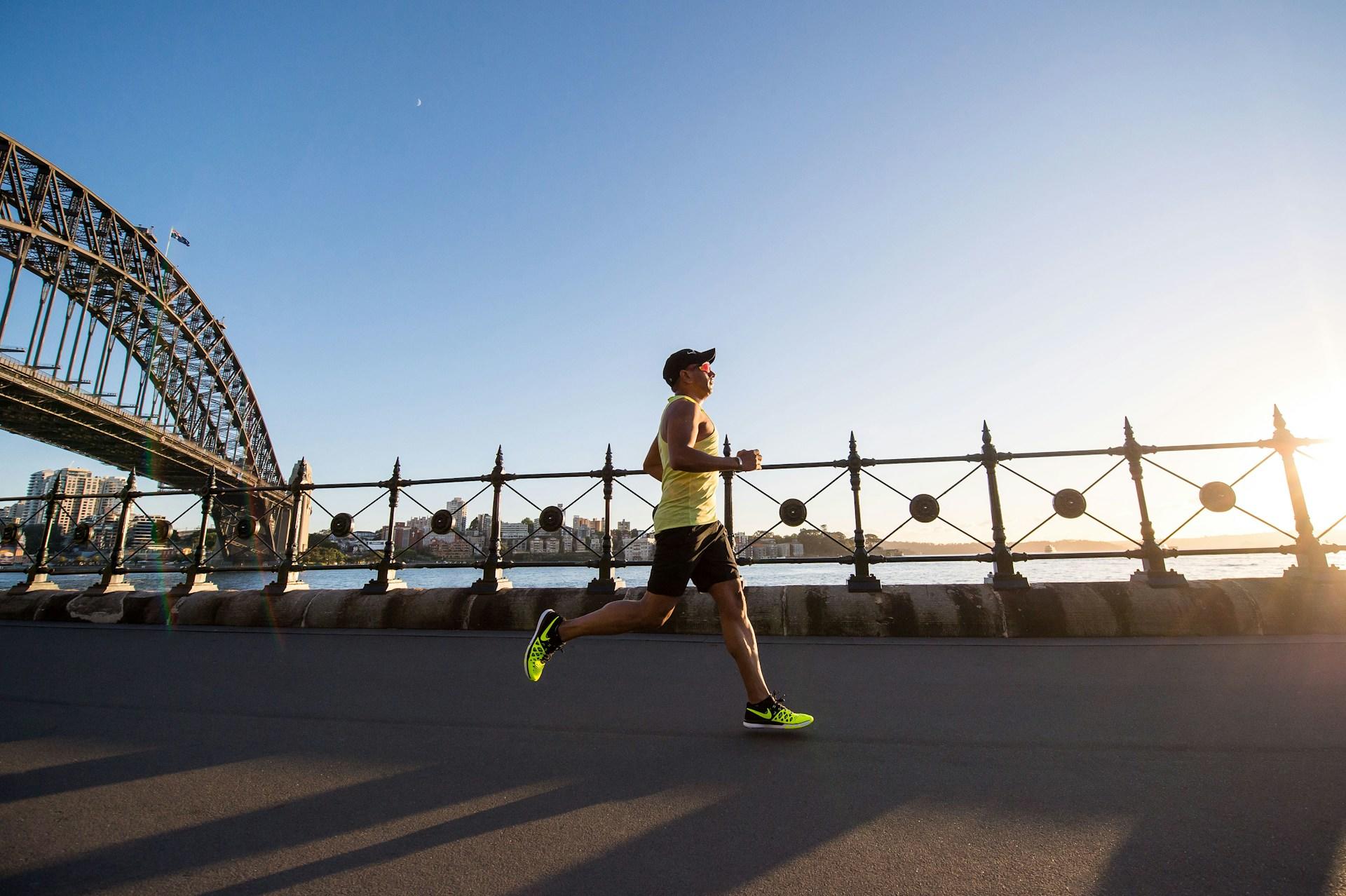
Nutrition Tips for Hockey Players
Proper nutrition is essential for fuelling your body and supporting your training.
In a nutshell, what you eat will affect how you play.
Focus on consuming a balanced diet of carbohydrates, proteins, and fats.
Complex carbohydrates, found in whole wheat, pasta, and brown rice, provide sustained energy for longer periods. Consume these the night before a match to ensure optimal performance. After intense workouts or sports, refuel with a combination of carbohydrates and proteins within 30 minutes to aid recovery.
Here's a handy nutrition chcklist:
And always remember to stay hydrated!
Start Strong and Stay Consistent
Starting hockey is an exciting step, and every training session will bring you closer to becoming a confident, capable player. Focus on mastering the basics, aim to stay consistent with your fitness, and enjoy learning along the way.
You don’t need to be perfect, just passionate and dedicated.
With the right attitude and regular practice, your skills will grow naturally. So, grab your stick, hit the turf, and enjoy the process of growing in this thrilling sport.

